May 25 2023
Takayuki HOSODA

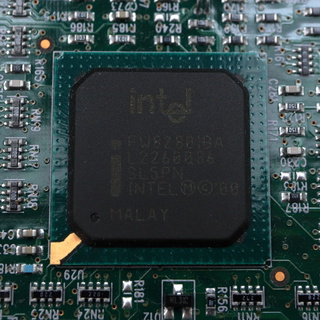



Laser markings are often used for semiconductor products such as LSIs, but they are very difficult to see under low light conditions and can become an obstacle during debugging and testing. In order to improve legibility without affecting electronic components and circuits, we attempted to make the marking easier to see by rubbing in some non-conductive pigments.
Note. All photos on this page were taken using Circular-PL(Polarized Light) filters to reduce reflections.
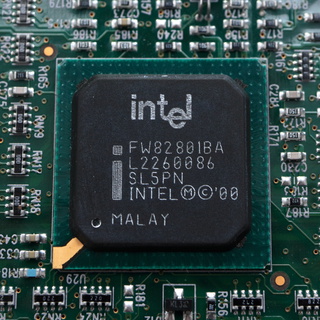
Aluminum oxide (Al2O3), Baikowski, Baikalox 0.05 CR
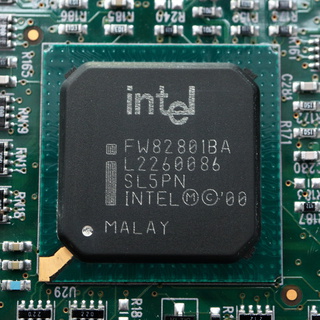
Silicon carbide, SiC, Niigataseiki, GC #30000
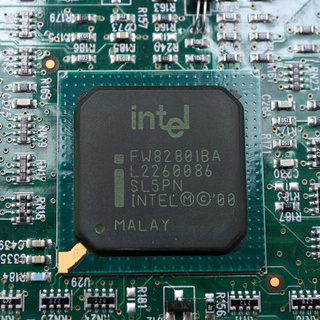
Chromium(III) oxide (Cr2O3)
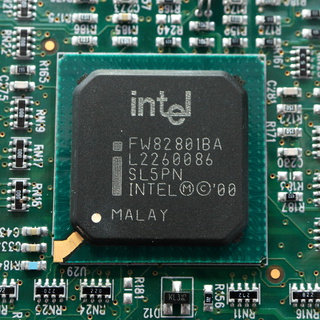
Natural whetstone powder (Natural pigments — Mixture of; SiO2 (70˜80 mass%), Al2O3 (10˜20 mass%), Fe2O3 (1˜5 mass%) and residue (5˜10 mass%))
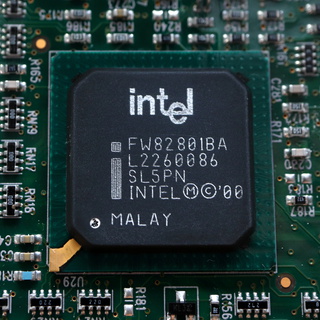
Farber-Castell, Soft pastel 101
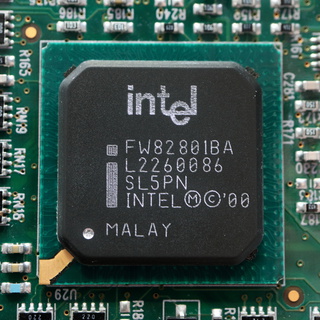
Farber-Castell, Polychromos pastel 9286-139
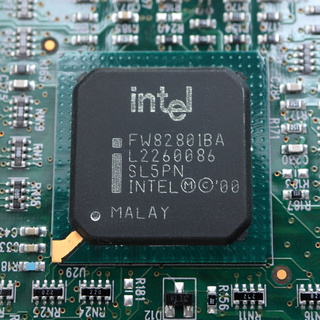
Farber-Castell, Polychromos pastel 9286-102
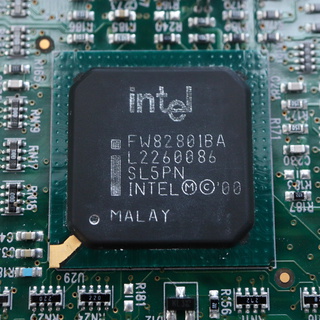
Farber-Castell, Polychromos pastel 9286-101
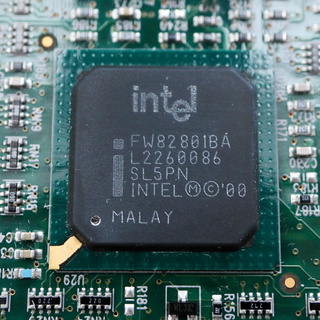
Sakura, Cray-pas #50
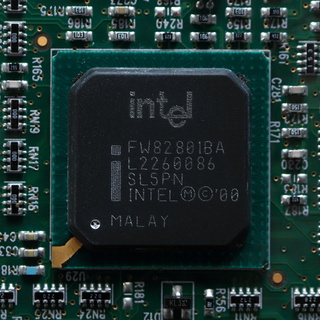
Sakura, Nouvel Carré Pastel #001
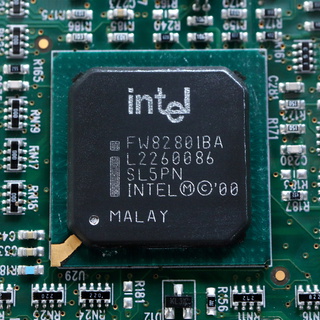
Kissho, Gansai Gin (silver)
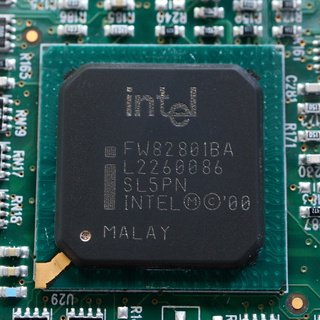
Kissho, Gansai Kin (gold)
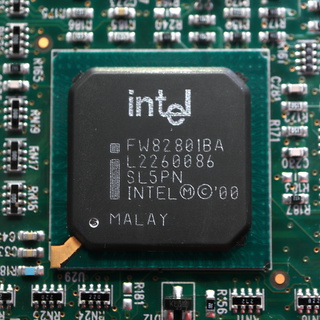
Liquitex, Acrylic regular type 0071 iridescent white (pearl white)
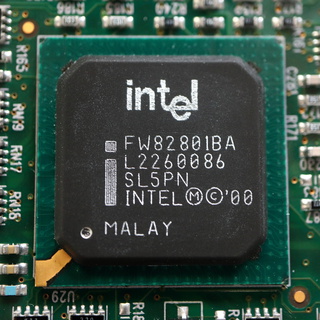
Liquitex, Acrylic regular type 0065 titanium white
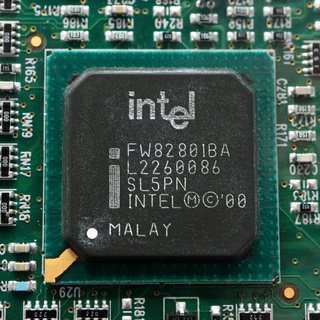
Pentel, Pen correction fluid Ultra-fine
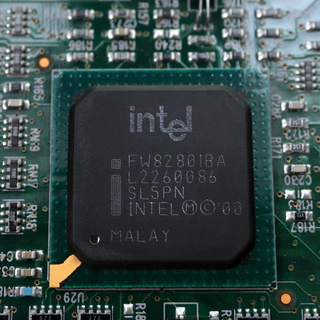
Shin-Etsu silicone, G-747 Equivalent
In all cases, wiping with wiping paper such as Kimwipes or wiping cloths is necessary.
- Pastels, which have an established reputation as an art medium, generally have very fine pigment and a high pigment ratio, which makes them highly readable and clearly legible when used against laser markings. Conversely, it would be fair to say that LSI's laser marking can be used to evaluate the quality of pastel coloration.
- Craypas and colored pencils (not listed), which have more binders than pigments, were useless.
- Among the polishing powders, silicon carbide powder was superior in terms of persistence and alumina powder was superior in terms of contrast.
- Among the Gan-sai, only silver was good; gold, and white and red, which were not listed, were also not good.
- The Liqutex pearl white acrylic paint was very good. Likewise titanium white, while more precise and legible, produced a somewhat stained finish.
- Correction fluid is readily available, but may not be suitable for electronic components because it contains organic solvents such as xylene and requires organic solvents for wiping off. The overall finish will look dirty.
- Although silicone compounds for thermal interface are safe because they are designed to be used for electronic components, they are not as easy to see due to the rough grain size and low density of the filler.
Just for my taste, Liquitex acrylic paint regular type 0071 pearl white. It's hard to tell from the photo, but it sparkles beautifully. However, if the letters in the engraving are very small, the pearl white will be too shiny and hard to see, so I recommend the Liquitex titanium white from the same series. It is inexpensive,yet can make even the smallest letters clearly visible.
It was good to apply a thin coat just enough to fill the laser engraving, wipe it once when it is freshly dry, and then wipe the surface with disinfectant ethanol solution IP after it has dried.
When the laser marking was small and the basis was relatively smooth, it was sufficient to apply a thin layer with one side of a two-headed cotton swab and wipe it off with the other side. If it's a short time use and you don't mind the powder, Faber-Castell's Soft Pastel 101 White is easy to use, just rub it in, blow it out with air, and wipe off the rest.Comparison between laser marking with pearl white acrylic paint applied and white letter printing (intel : pearl white, ALTERA : white letter printing)
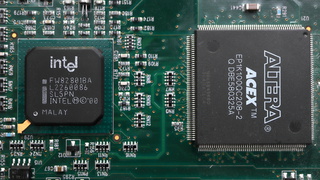
Devices with laser markings to test pigment effects are: U1, U2, U5, U6, U9, ISO1, ISO2 on the PCB.
The photos below were taken at a time using a circular PL filter.
Treated with Liquitex titanium white (Left) V.S. Without any treatment (Right)
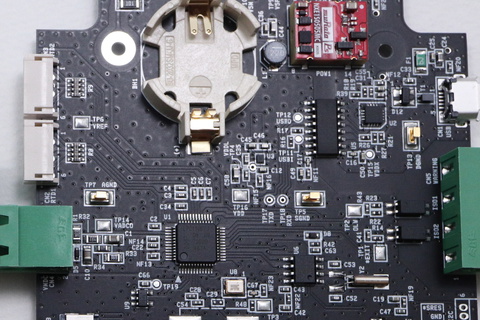

![[Mail]](/~lyuka/images/mail.gif)



 © 2000 Takayuki HOSODA.
© 2000 Takayuki HOSODA.